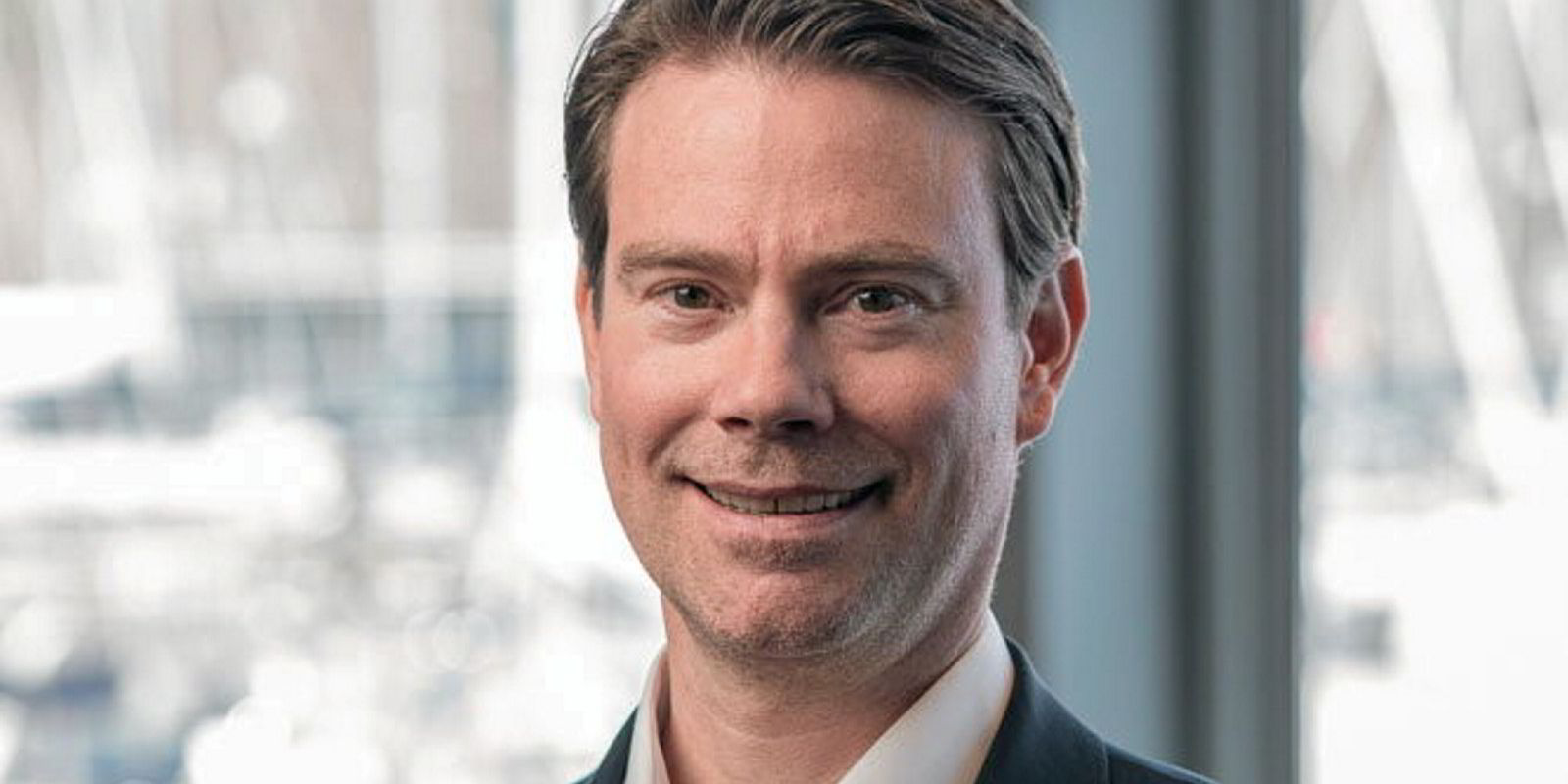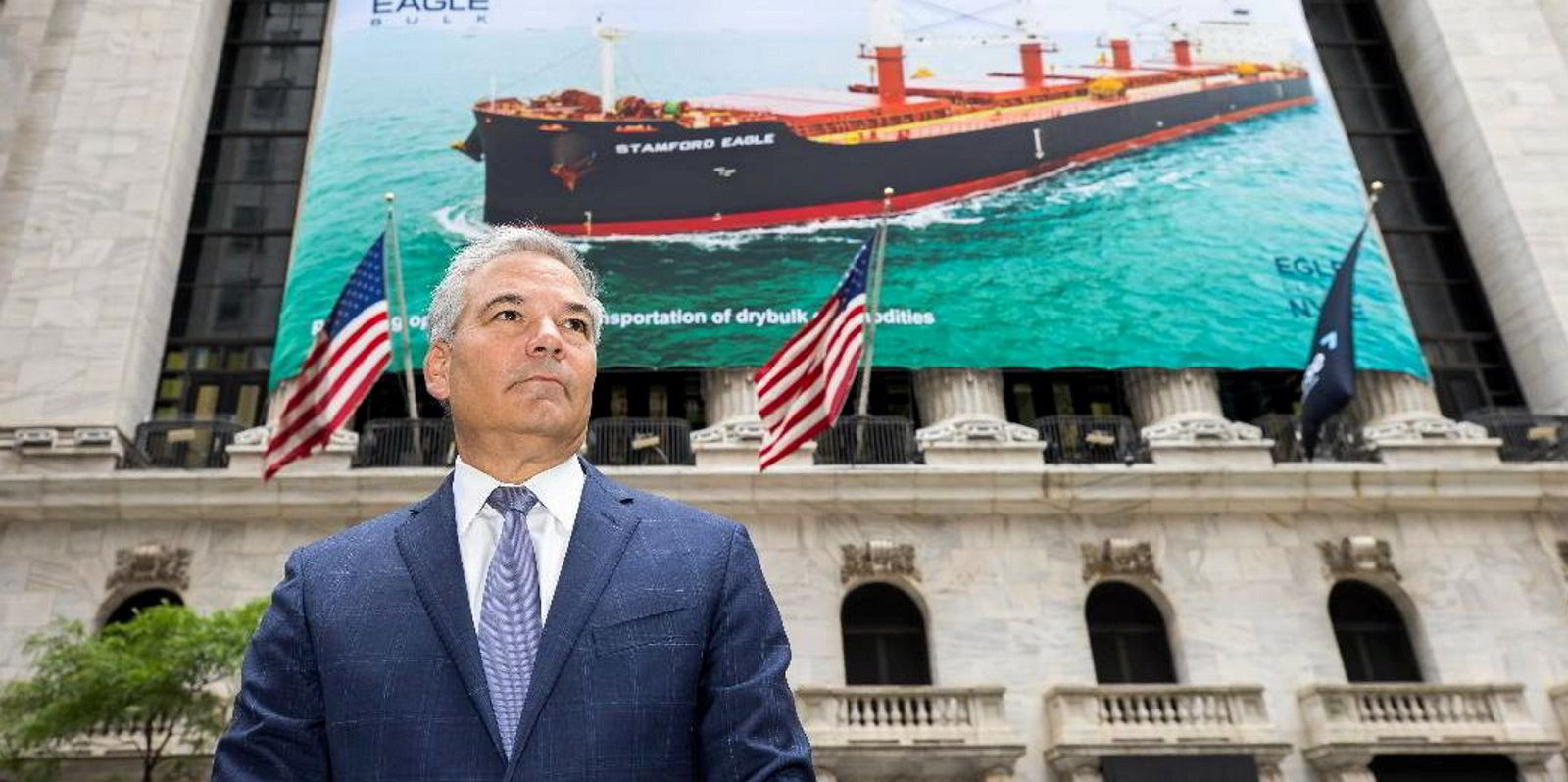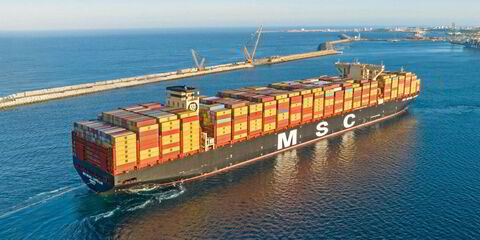It is a case of back to reality for Denmark’s Norden, which on Thursday issued guidance that its projected performance for this year will be approximately half of what it achieved in 2023.
CEO Jan Rindbo told TradeWinds that the lower estimates for 2024 primarily stem from the increased challenge in generating margins from bulk carriers this year.
Norden said it expects a softer annual result of between $150m and $200m, down from $400m in 2023.
But the guidance is still respectable when set in context, Rindbo added.
“If you compare this to the last few years, then clearly this is at a lower level, but if you take the midpoint of that guidance range, it will still point towards a return on invested capital of somewhere between 15% and 20%,” he said.
Blame it on bulkers.
“We were well protected against a lower dry cargo market last year but, for example, supramax rates on average traded 49% lower in 2023, compared to 2022,” he said.
“Basically, the contracts that we’re renewing [with customers] during the year are now at a lower level than the ones that we had in place for 2023. That is one effect.”
The cost of chartering in tonnage has also gone up following the return of positive sentiment to the market and disruptions in the Panama Canal and Red Sea, in anticipation of higher rates later this year, he added.
Norden remains more exposed to tankers than dry cargo for now and has positioned itself to benefit from higher tanker rates over the next six months or so, Rindbo said.
Norden booked an annual result of $400m last year, down from $743.5m in 2022 — the best annual profit in its 151 years.
Of this profit, $133m was generated by Norden’s freight services and trading business unit, which handles its operated fleet.
Its assets and logistics unit, which looks after its owned vessels, generated $267m of the annual total.
The firm filed $43m in net profit during the fourth quarter, down from $204.6m in the last three months of 2022.
“The rate levels on our MR tankers are still amazing, so that’s good,” he said.
“And I think the recent disruptions in the Red Sea are now putting more demand back into the market for tankers and, therefore, we’re seeing, again, high rates at the moment for the MR tankers.”
The firm is adding exposure to bulkers from 2025 onwards. It has 24 newbuildings scheduled for delivery from next year, of which three-quarters are bulk carriers.
New cycle
Last year marked the beginning of a new strategic period for Norden.
This transformation was borne out in the acquisition of Thorco Projects, which is now part of Norden’s project cargo and parcelling division, and the start-up of an operated fleet of capesize bulkers.
Norden is open-minded to further acquisitions of other businesses, teams or companies in the future, Rindbo said.
“But it would have to obviously fit into our current strategy,” he said. “We’re not really looking at adding a new segment; I think we now want to grow and embed what we have put in place last year.”
Norden has plenty of cash to play with — $557m on its balance sheet as of 31 December — even after spending $437m in dividends and share buybacks last year.
Offering greener freight is a new strategic focus too. For some time now, Rindbo has been banging the drum for decarbonising shipping today, not tomorrow.
Norden’s “greener” offering is largely based on utilising energy-saving technology, and operating ships more efficiently and the company has ambitions to make more use of biofuel. But creating economies of scale for customers will also be key.
“When you add our whole product range and all the services, from project cargo through all cargo sizes all the way up to capesize, also on MR tankers, then actually we’re not locked into trying to find a solution on a supramax cargo,” Rindbo explained, by way of example. “We can look much more holistically across all the cargo sizes.”
This could allow shippers to move shipments in completely different volumes because Norden is not married to any one ship type, he explained.
“We have the whole range and we have the logistics capabilities on top of that,” Rindbo said. “I think that’s quite powerful and quite unique.”
But the push for greener freight is not yet coming from shippers, even though many companies are setting carbon reduction targets and reporting Scope 3 carbon emissions for their supply chains.
“Focus is gradually moving also towards Scope 3 emissions, but I think that there’s a gap between company targets and then the day-to-day operations,” he said.
“If you speak to freight teams or procurement teams, then increasingly what needs to happen is that those teams also get incentives to reduce emissions when they actually select their partners on freight, for example, and that is not really happening yet — but I think will start to happen.”





